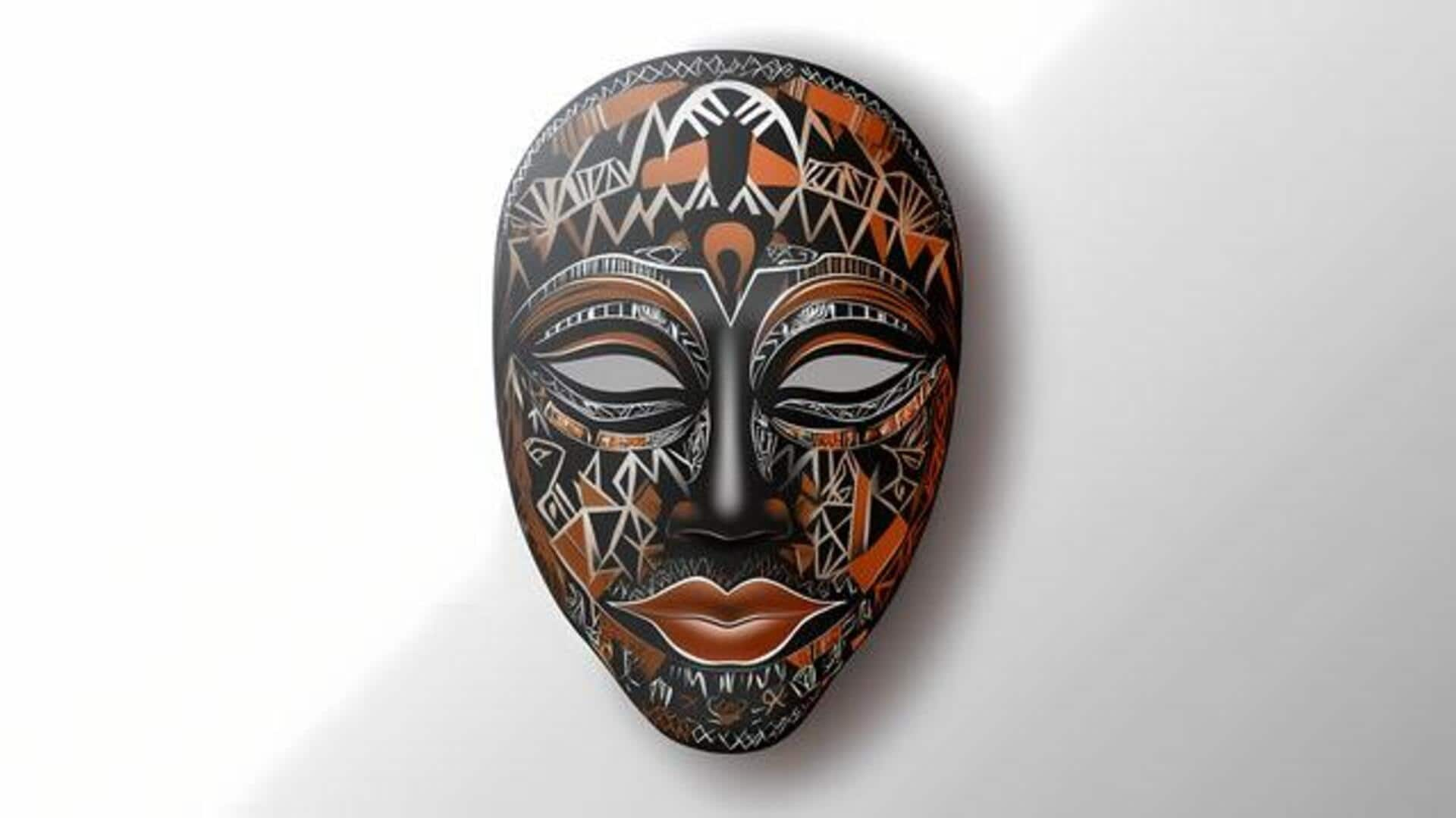
All about mask-making
What's the story
African mask-making is a colorful tradition that portrays the continent's diverse cultures and histories. These masks are not merely an artistic endeavor but carry deep-rooted cultural meanings and are used in different ceremonies and rituals. Every region has its own style, materials, and techniques making African art a vibrant tapestry. Here are five fascinating styles of African mask-making.
Baule style
The intricate Baule masks
Originating from Cote d'Ivoire, Baule masks are famous for their intricate designs and fine detailing. They usually depict human faces with delicate features like almond-shaped eyes and refined noses. They are commonly used in ceremonies to honor ancestors or in harvest festivals. The craftsmanship includes carving wood with precision and then painting or decorating them with natural pigments to make them more beautiful.
Dan Style
The bold Dan masks
The Dan people of Liberia and Cote d'Ivoire make bold yet simple masks. Usually round-faced with big eyes and mouths, the masks represent spirits or deities. They are an important part of the initiation rites and storytelling performances in the community. Carved in wood, they are sometimes decorated with feathers or metal for added texture and depth.
Yoruba style
The expressive Yoruba masks
Yoruba masks from Nigeria are expressive pieces used in religious ceremonies or festivals like Egungun. These masks can symbolize gods, ancestors, or animals, all of which carry specific meanings in the context of Yoruba mythology. Made of wood or terracotta clay, they are intricately designed with bright colors that grab attention during performances.
Chokwe style
The symbolic Chokwe masks
Chokwe masks hail from Angola and nearby areas such as Zambia. Symbolic in nature, these masks are usually representative of historical figures or mythical creatures significant to Chokwe culture. They are used as a learning mechanism during social events when heritage is narrated through dance performances donned in these ornately carved wooden pieces.
Senufo style
The dynamic Senufo masks
The Senufo people of Mali create these striking masks with elongated shapes of birds or other animals that are important to their belief system for fertility rites or various other events throughout the year. Primarily made of wood, these masks are sometimes embellished with other materials like raffia fibers, which provide movement when worn during dances.